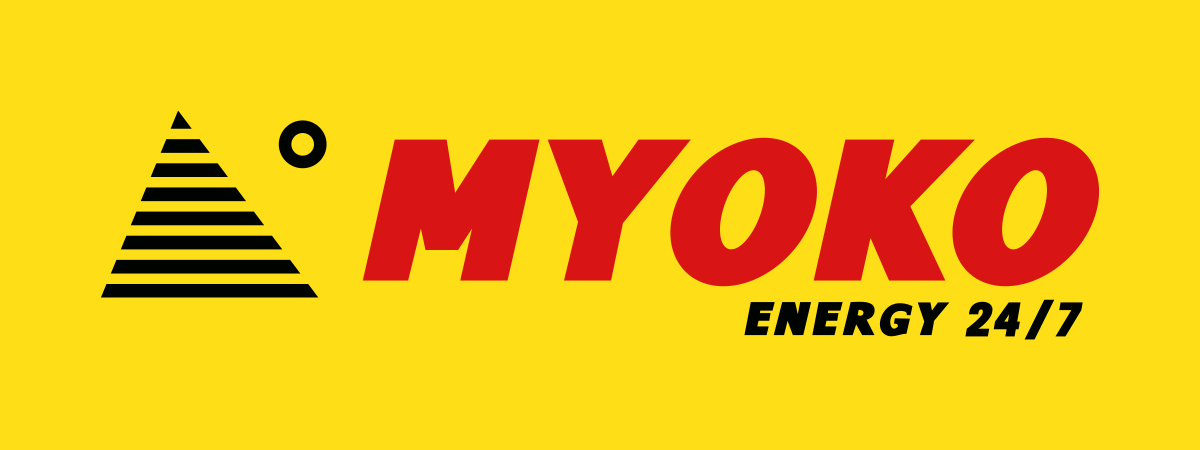If you live in an area where power cuts are common, you already know how important it is to have a dependable backup system. Whether it’s for running fans during summer, lights at night, or even keeping essential appliances like your refrigerator or Wi-Fi router on — a tubular battery paired with an inverter can make your life a lot easier. But the real question is, how do you choose the best tubular battery that actually suits your home and power needs?
This detailed guide will walk you through everything — from understanding what a tubular battery is, to how to pick the right capacity, brand, and maintenance plan. Let’s get started with the basics first.
What Exactly Is a Tubular Battery — and Why Should You Prefer It?
A tubular battery is a type of lead-acid battery designed for long power backup and deep cycle performance. The term “tubular” comes from its internal structure — it has tube-shaped positive plates that hold the active material tightly, preventing it from shedding during charge and discharge cycles.
What this means for you as a user is simple: a tubular battery lasts much longer than a flat-plate battery. It can handle frequent power cuts, high load, and longer discharge periods without losing capacity quickly. This is why they’re the go-to choice for homes and businesses in countries with unstable power supply.
Unlike cheap flat-plate batteries that wear out fast, tubular batteries are built for endurance, making them a value-for-money investment in the long run.
Step One: Understand Your Power Requirement
Before buying a battery, take a few minutes to figure out what you actually want it to power. Are you looking to keep only lights and fans running during outages, or do you also want to power heavy appliances like your TV, refrigerator, or computer?
The answer helps determine the battery capacity, which is measured in Ampere-Hour (Ah). The higher the Ah, the more energy your battery can store and the longer backup it can provide.
Here’s a simple breakdown:
- 100Ah–150Ah: Ideal for small homes with light to moderate power needs.
- 180Ah–220Ah: Perfect for large homes or places with longer power cuts.
Choosing the right capacity ensures that you get uninterrupted backup during outages — without overloading your inverter or draining your battery too quickly.
Step Two: Choose a Reliable and Reputed Brand
When it comes to batteries, brand matters — not just for reputation but for quality assurance, safety, and service support. A good brand invests in better technology, uses higher-grade materials, and offers a longer warranty period.
Always look for brands that:
- Provide 3–5 years of warranty (minimum)
- Have authorized service centers near you
- Offer good after-sales support
Buying from a local or unknown manufacturer may save a little money initially, but you’ll likely end up paying more in maintenance and replacements later. A reputable brand also ensures consistent performance and reliable warranty service if any issue arises.
Step Three: Select the Right Type — Tall vs. Short Tubular Battery
Tubular batteries come in two types: tall tubular and short tubular. While both are good, their performance and design differ slightly.
A tall tubular battery is larger in size, which allows it to hold more electrolyte and deliver longer backup. It’s ideal for homes with enough installation space and higher power needs. On the other hand, short tubular batteries are more compact — suitable for smaller homes or limited space — but usually provide slightly lesser backup.
If your goal is long performance, deep discharge handling, and heavy usage, always go for a tall tubular battery. It might cost a bit more, but it’s a one-time investment for long-term stability.
Step Four: Check Compatibility with Your Inverter
Even the best battery won’t perform efficiently if it’s not compatible with your inverter. The inverter and battery must work together in sync for stable power delivery.
Check your inverter’s voltage and battery type compatibility before buying. Most home inverters use a 12V system, but always confirm this with your installer or product manual. If you plan to upgrade your inverter in the future or integrate a solar system, it’s smart to choose a tubular battery that supports both inverter and solar use.
Many modern tubular batteries are designed for dual compatibility, meaning they work perfectly for both normal and solar backup systems — offering more flexibility and better return on investment.
Step Five: Maintenance, Warranty & Long-Term Value
Maintenance is an often-overlooked factor but plays a huge role in how long your tubular battery lasts. A good tubular battery generally needs minimal maintenance, but you should still check water levels every 2–3 months. Use only distilled water, and never overfill the cells.
When comparing models, don’t just focus on the purchase price — look at the overall value. A slightly higher-priced tubular battery with better materials, longer warranty, and lower maintenance will cost less in the long run than a cheaper battery that fails early.
Also, consider buying a battery with easy water-level indicators or transparent caps so you can monitor fluid levels without opening the unit every time.
Step Six: Consider Climate and Usage Conditions
Temperature and environmental conditions also affect your battery’s performance. If you live in a hot and humid region, you need a battery that can tolerate high temperatures without overheating or drying up. Tubular batteries are excellent for such conditions because of their robust design and deep-cycle ability.
However, always ensure proper ventilation where you install your battery. Keeping it in a cool, dry, and airy place will prevent corrosion, leakage, and early wear.
Simple Care Tips to Make Your Battery Last Longer
Even a high-quality tubular battery needs basic care for best results. Here are a few easy-to-follow tips:
- Keep the battery terminals clean and rust-free.
- Check water levels regularly and refill when needed.
- Install the battery in a cool, ventilated area away from direct sunlight.
- Avoid deep discharging — always recharge after power returns.
- Do not mix old and new batteries in the same setup.
With regular attention, your tubular battery can easily last 6–8 years or even longer.
❓Frequently Asked Questions (FAQs)
- Which tubular battery is best for home use?
A tall tubular battery with 150Ah–200Ah capacity from a reputed brand offering 3–5 years warranty is ideal for most homes. - How long does a tubular battery last?
Depending on quality, maintenance, and usage, a tubular battery can last 5–8 years on average. - Are tubular batteries good for solar systems?
Yes, tubular batteries are highly compatible with solar inverters and are preferred for their deep cycle efficiency and long life. - How do I know if my battery is getting weak?
If your backup time decreases, the water dries up quickly, or your inverter frequently shows low battery warnings, it’s a sign your battery may need maintenance or replacement.
Final Thoughts
Choosing the best tubular battery for your home isn’t just about picking a brand — it’s about understanding your power needs, environment, and usage habits. Focus on battery capacity, build quality, brand reputation, and after-sales support.
A good tubular battery isn’t an expense; it’s an investment in comfort, safety, and convenience. The right one will keep your home running smoothly through every power cut — quietly doing its job while you go about your day, uninterrupted.


